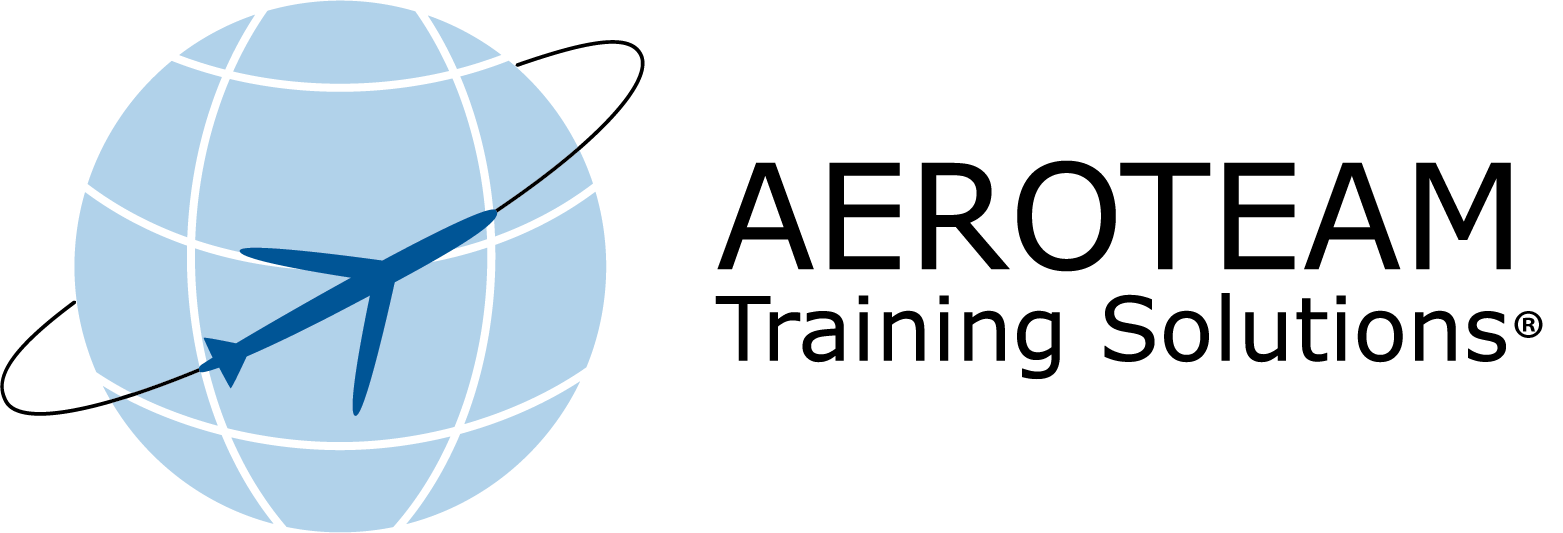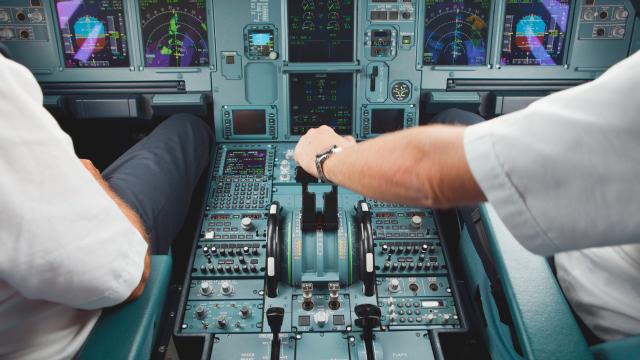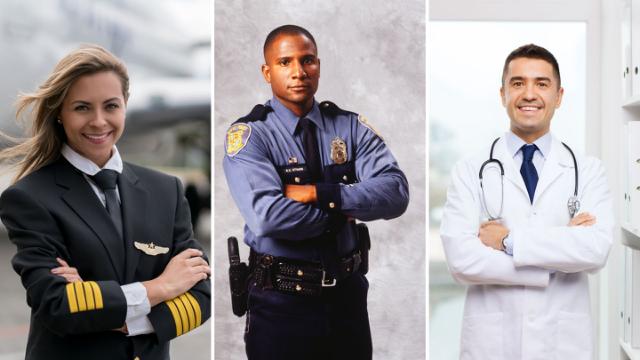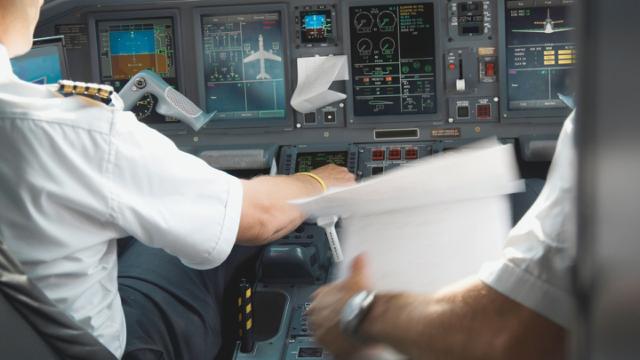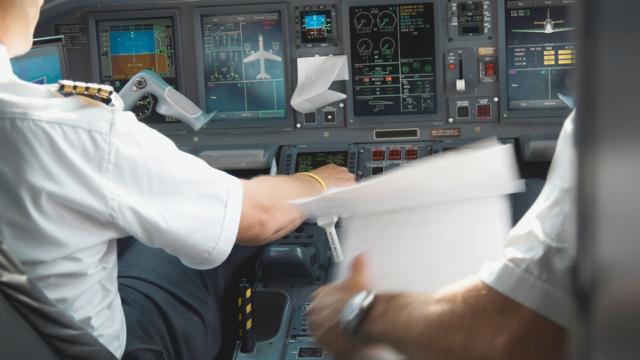
The Critical Role of
Human Factors Training in Aviation
Human factors. A focal point and regulatory requirement in the aviation industry. Why? Because human factors such as stress, complacency, and fatigue contribute to around 80 percent of accidents that occur in flight and in the maintenance workshop. That is why it is crucial to prioritise human factors training.
There is little doubt that aviation is a high-stakes and complex industry where man meets machine. This makes it even more important to prioritise and conduct human factors training as it contributes to enhancing non-technical skills such as communication, teamwork, and decision-making. Skills which are crucial to ensuring a high level of safety and efficiency.
This article sheds light on the critical role of human factors training in aviation. Whether you are a pilot, maintenance staff, flight attendant, or management, the article emphasises the profound impact of human factors training in reducing human error and enhancing overall safety.
How Well Do You Perform?
In general terms, Human Factors refer to the factors which affect or limit our abilities and performance.
The Human Factors and Ergonomics Society defines human factors as being:
…concerned with the application of what we know about people, their abilities, characteristics, and limitations to the design of equipment they use, environments in which they function, and jobs they perform.
Since aviation is an industry heavily dependent on man-machine interactions as well as bringing passengers safely from point A to point B, training in human factors has gradually become a regulatory requirement. Essentially, training offers a better understanding of safety performance and enhances non-technical skills which help combat the negative consequences of e.g the Dirty Dozen.
Read more: Diving into the Dirty Dozen: Limit the Impact and Improve Safety
Training Is a Continuous Investment
Human factors training equips aviation professionals with the psychological insights and skills needed to make sound decisions, communicate effectively, and manage stress in the operational environment. Furthermore, human factors training enhances the ability to handle emergencies and prevent errors more effectively. Better attention to detail and a proactive safety-first mindset are also benefits of human factors training. All aviation roles, be it pilots, avionics engineers, or airline managers, must understand how a comprehensive safety culture, in which human factors are integrated, contributing to operational success and thus fewer errors.
This is only possible if aviation professionals allocate the necessary resources and prioritise training in human factors.

In other words, human factors training is a continuous investment. In skills, resilience, and safety. Human Factors training is not just a theoretical tick mark in a box on a piece of paper. The skills acquired and enhanced during training are crucial to limiting the risk of human error.
Essentially, human factors training is our safety compass and practical toolbox which transforms theoretical knowledge into skills and action.
What Do Pilots, Flight Attendants, and Aircraft Mechanics Have in Common?
An experienced pilot is flying from Madrid to New York. Mid-flight he and the co-pilot encounter turbulent weather with lightning strikes and heavy winds. With their human factors training in mind, they can make safe decisions by assessing the situation and displaying a calm demeanour. This transforms a potential disaster into a safe flight. In other words, their human factors training is not just an annual requirement; it is the very core of their flight expertise, situational awareness, and decision-making skills.
At the same time, in a hangar not far from Munich, an aircraft mechanic is installing nuts, bolts, and wires in a King Air. For her, human factors go beyond routine. Her training is essentially a proactive shield against human error. With her training in mind, she has become more attentive to detail, she knows how to communicate properly with her colleagues, and as a team they can prevent potential errors which might turn into accidents.

And what about the flight attendant? Every job revolves around passenger safety and comfort, and the galley is a place filled with human factors. Human factors training empowers cabin crew members to work together and communicate as a team while facing various challenges such as unruly passengers, and even crises, which must be dealt with in the air.
The Managerial Role: Safety and Training
Safety in aviation is a joint effort. Essentially, managers are responsible for ensuring that human factors training supports and enhances the safety culture in a proactive and integrated way.
This is not just a reminder to comply with regulations. Managers hold the key to ensuring that human factors training is prioritised – and they are responsible for fostering a culture in which safety becomes a collective responsibility. Now and in the future.
Explore Our World of Active Learning
Get acquainted with MAYDAY - an interactive training solution for the global aviation industry.
